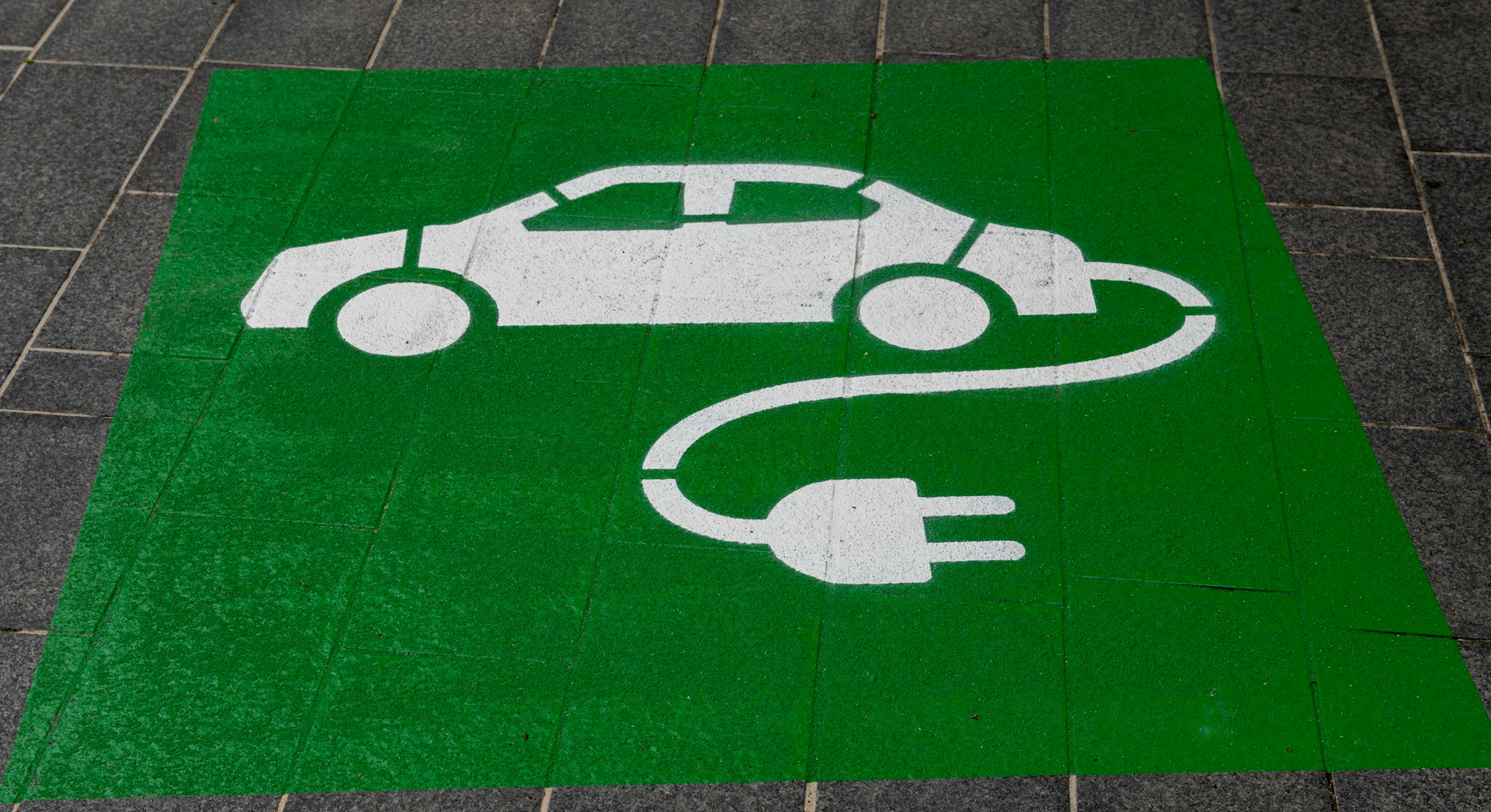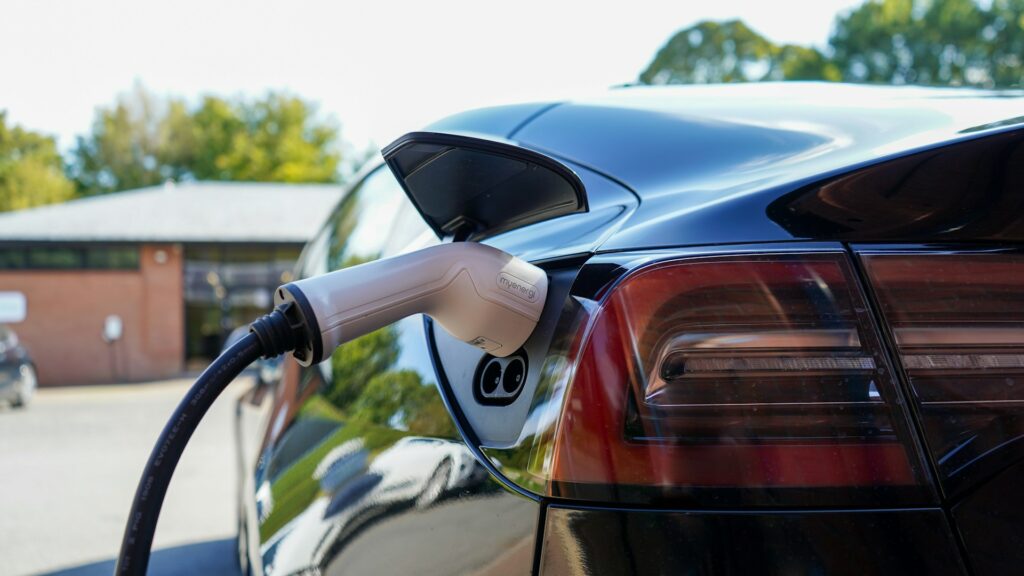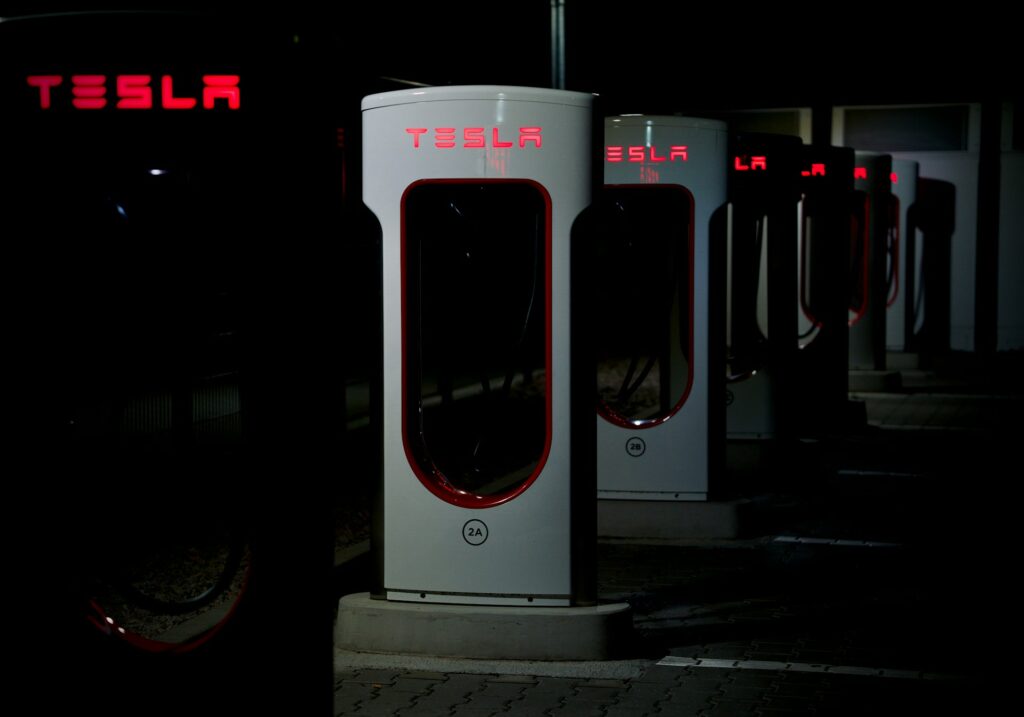In the ever-evolving landscape of electric vehicles (EVs), one aspect stands out as a game-changer: rapid charging stations. As the adoption of EVs continues to rise, the demand for efficient charging solutions becomes increasingly apparent. With different charging levels ranging from home chargers to Direct Current Charging stations, the higher current options have emerged as a pivotal component in this transition, offering a multitude of benefits that accelerate the shift towards sustainable transportation.
Fast Charging
Modern technology represents a significant advancement in the EV charging infrastructure, providing users with the convenience of rapid replenishment of their vehicle’s battery. These stations are designed to deliver high-speed EV charging, significantly reducing the time required to recharge compared to conventional charging methods. With varying speeds ranging from 50 kW to over 350 kW, fast chargers can charge an EV from empty to 80% capacity in as little as 20 to 30 minutes, depending on the charger’s power rating and the vehicle’s battery capacity.
High-speed EV Charging
There is no defined standard to specify what classes as a ‘Fast charger’ or a ‘High Speed Charger’ and the terms are used interchangeably. We would deem anything that offers a charging rate of 50kW or above as a fast charger.
Benefits of Fast Chargers
The benefits of these higher output chargers extend beyond mere convenience. One of the most compelling advantages is the reduction of “range anxiety” among EV drivers. With higher capacity charging stations strategically located along major routes and in urban centres, drivers can confidently embark on longer journeys, knowing that quick charging options are readily available. This expanded accessibility contributes to increased confidence in EVs’ practicality and reliability, thus fostering greater adoption.
Furthermore, they play a crucial role in shaping consumer behaviour towards EV ownership. The ability to recharge swiftly eliminates the perceived inconvenience associated with traditional refuelling, mirroring the familiar experience of filling up a petrol or diesel vehicle. This familiarity and ease of use are instrumental in dispelling apprehensions and encouraging more motorists to make the switch to electric.
High Speed Charging Locations
From an environmental perspective, these stations promote sustainable transportation practices by facilitating the widespread adoption of EVs. By reducing the time required for charging, they encourage more frequent use of electric vehicles, thereby decreasing reliance on fossil fuels and mitigating greenhouse gas emissions. As governments and regulatory bodies worldwide push for decarbonisation initiatives, High capacity charging infrastructure emerges as a critical enabler of these ambitious goals.
Moreover, higher capacity charging stations contribute to the development of a comprehensive EV charging network. By strategically deploying these stations in key areas such as motorways, urban centres, and commercial hubs, stakeholders foster a supportive ecosystem that nurtures the growth of electric mobility. This network effect not only enhances the convenience for EV drivers but also stimulates investment in infrastructure expansion, driving further innovation in the EV sector.
In conclusion, the benefits for electric vehicles are manifold and far-reaching. Beyond the expediency of rapid charging, they play a pivotal role in reshaping perceptions, behaviours, and infrastructure surrounding electric mobility. As we continue to embrace sustainable transportation solutions, high capacity charging technology stands as a beacon of progress, propelling us towards a cleaner, greener future.



